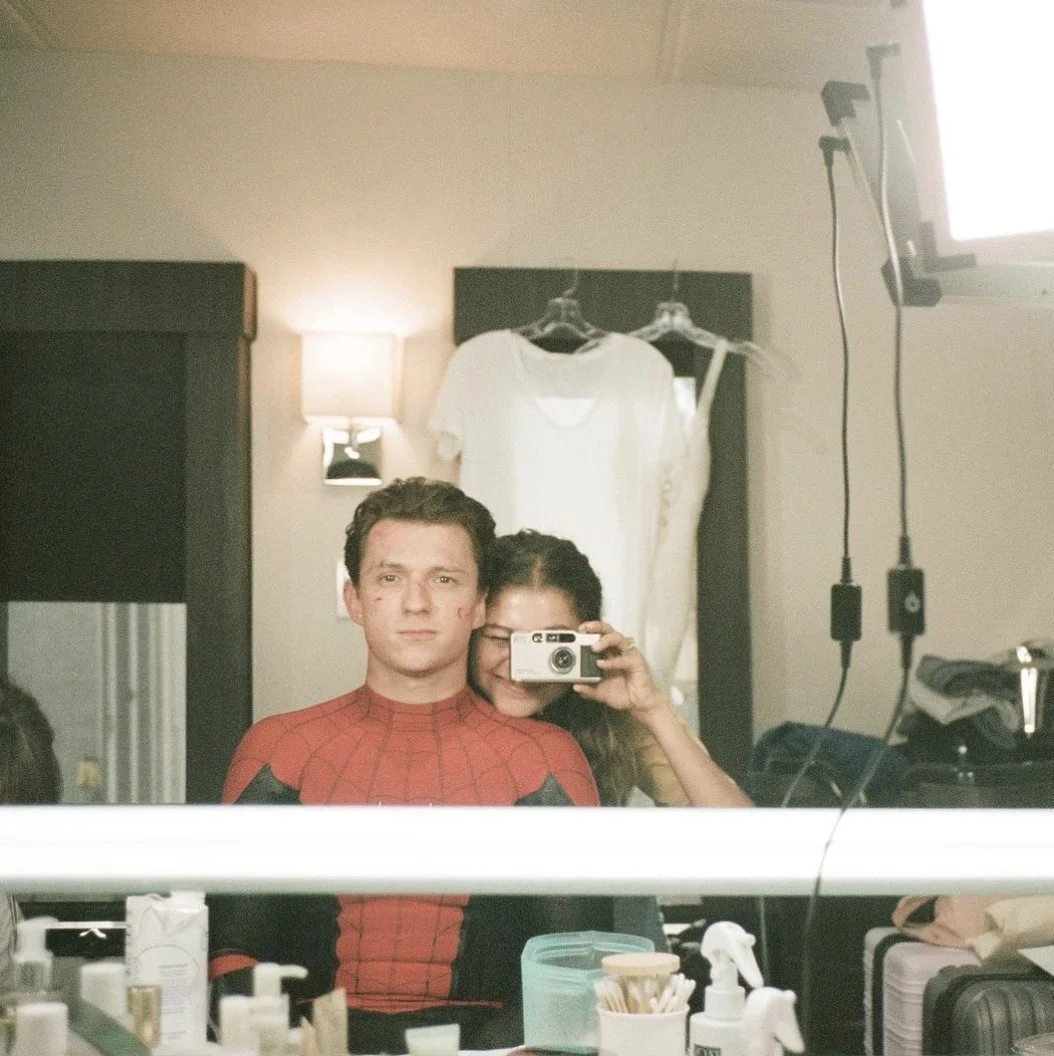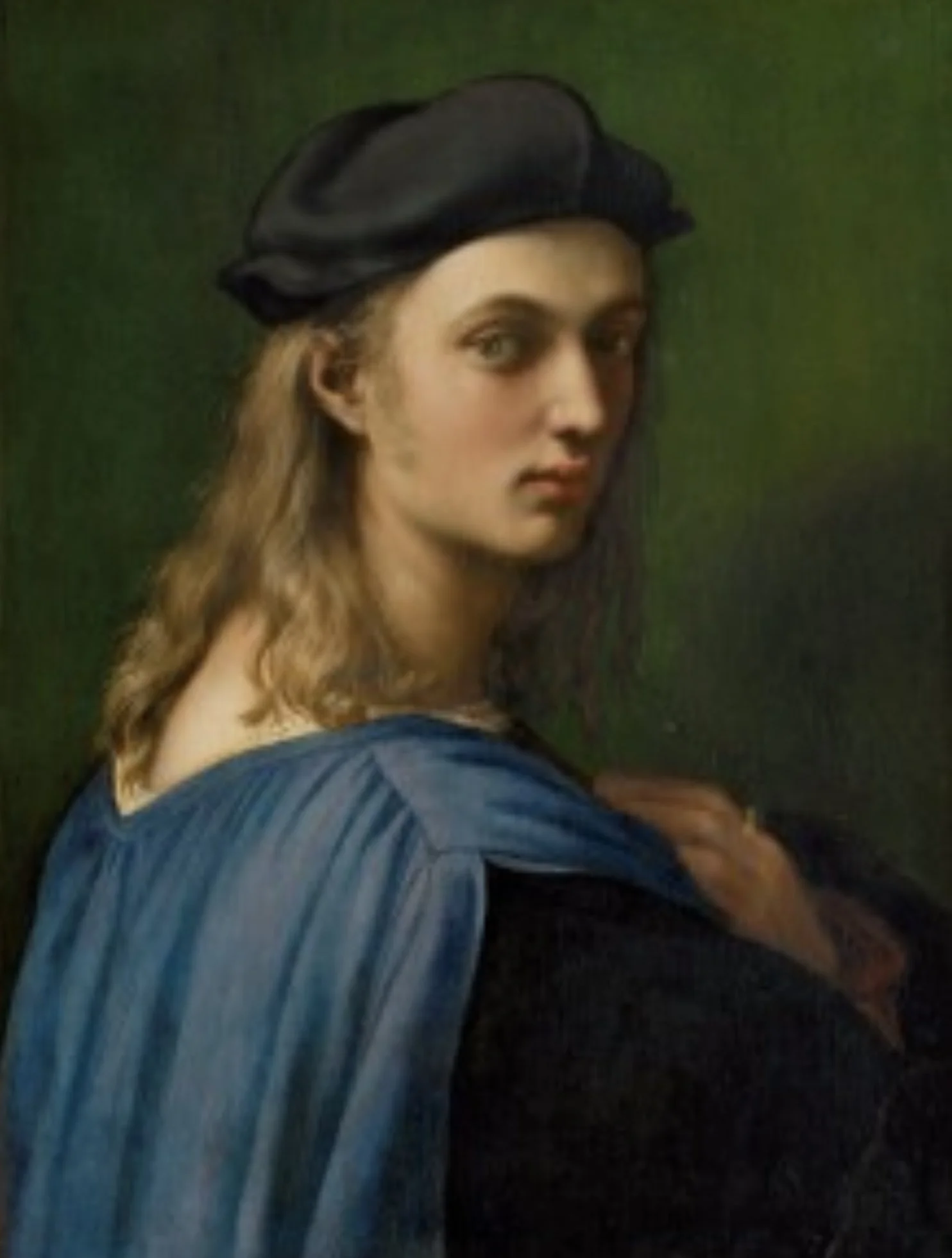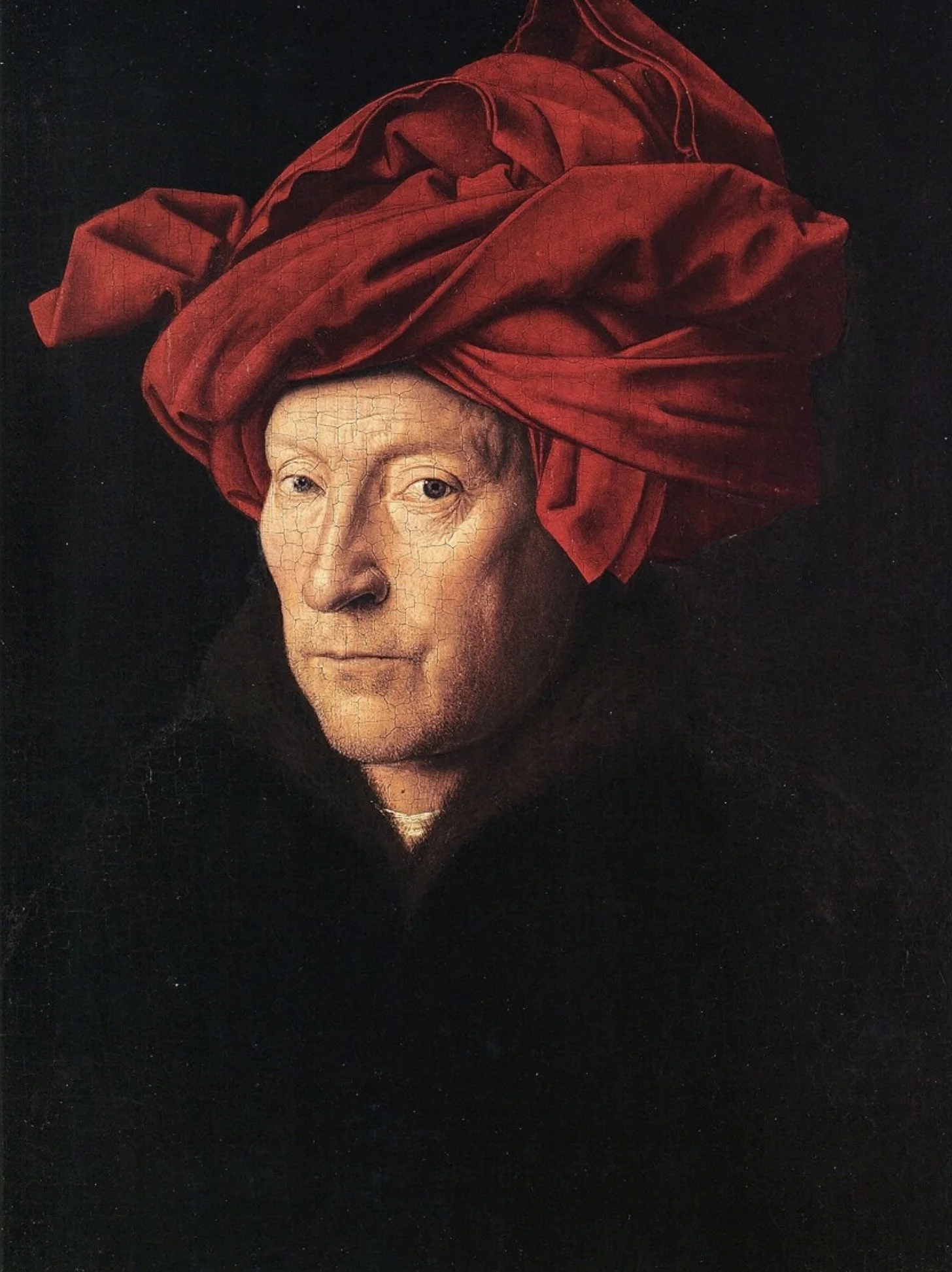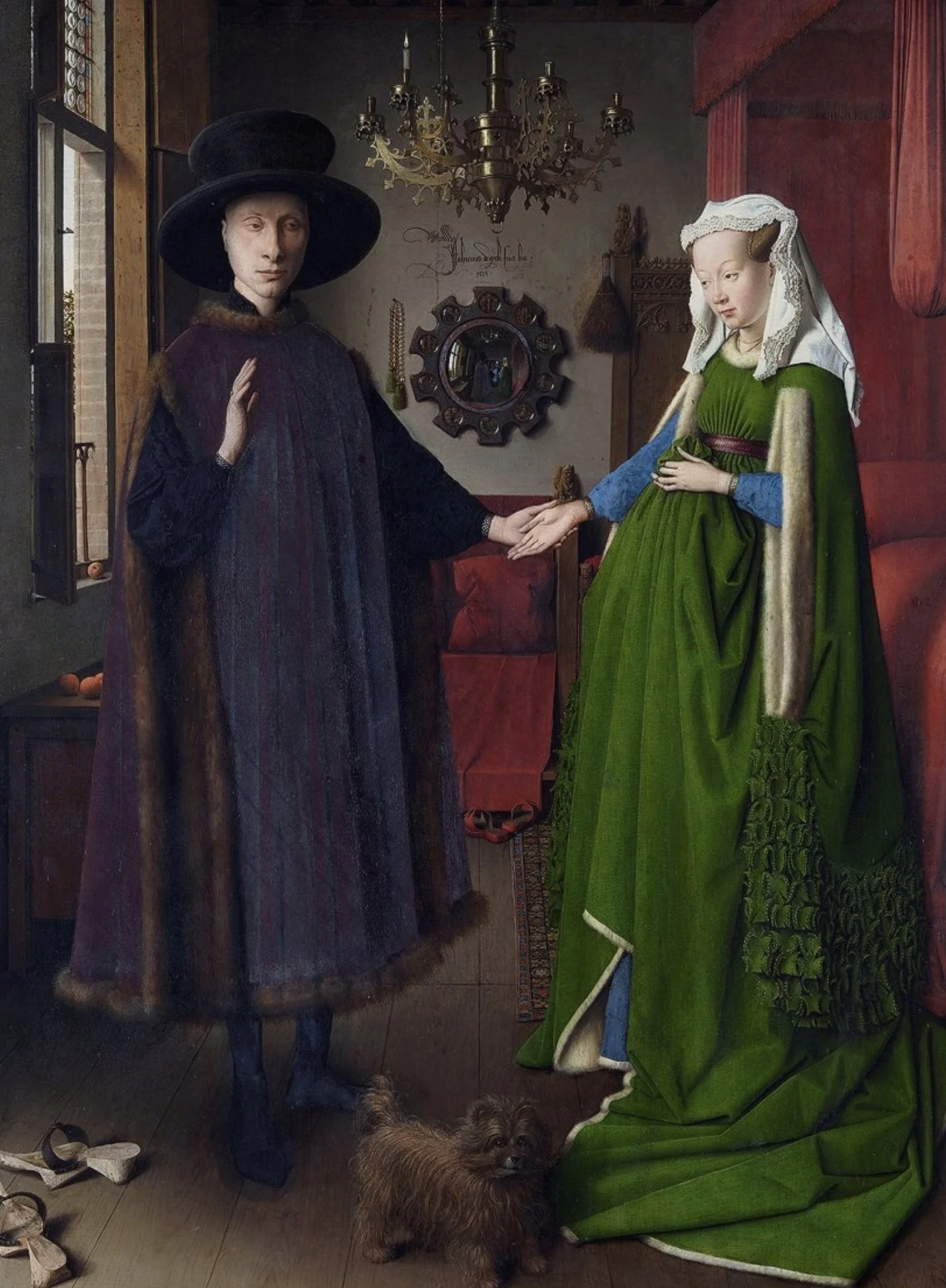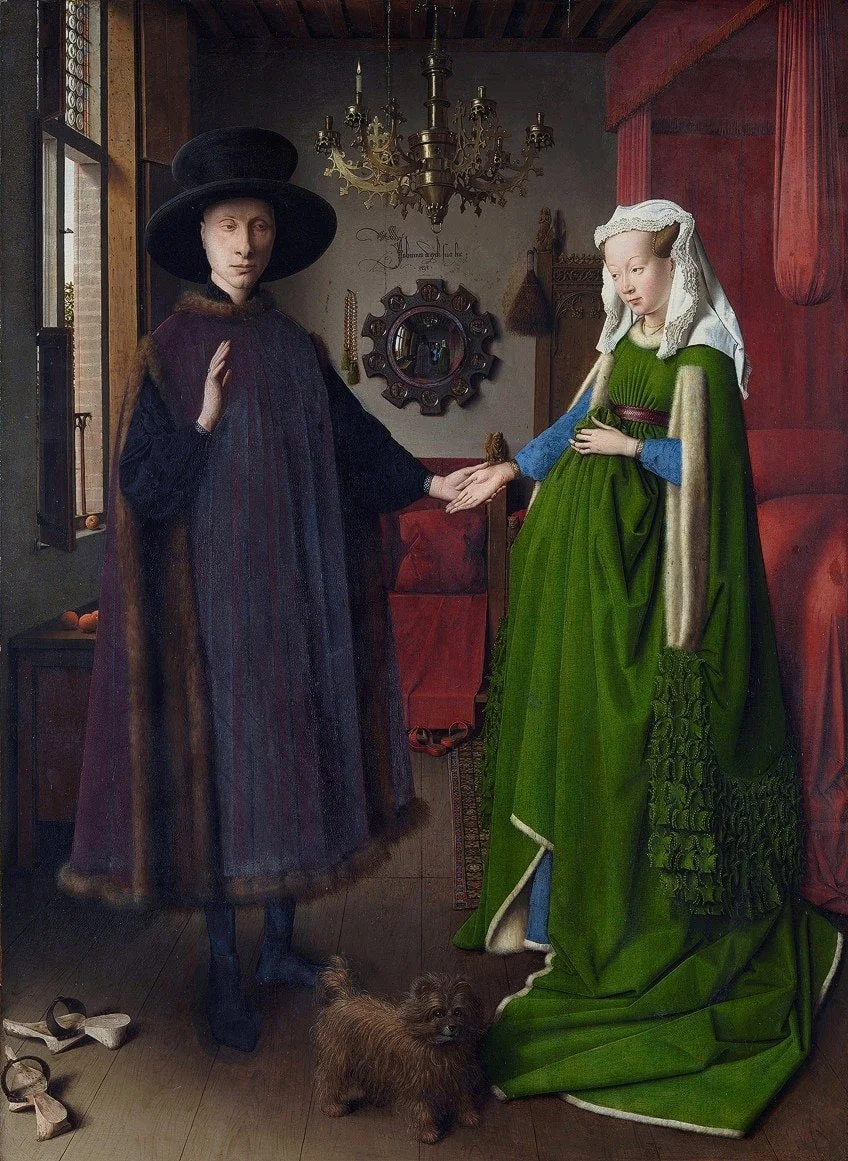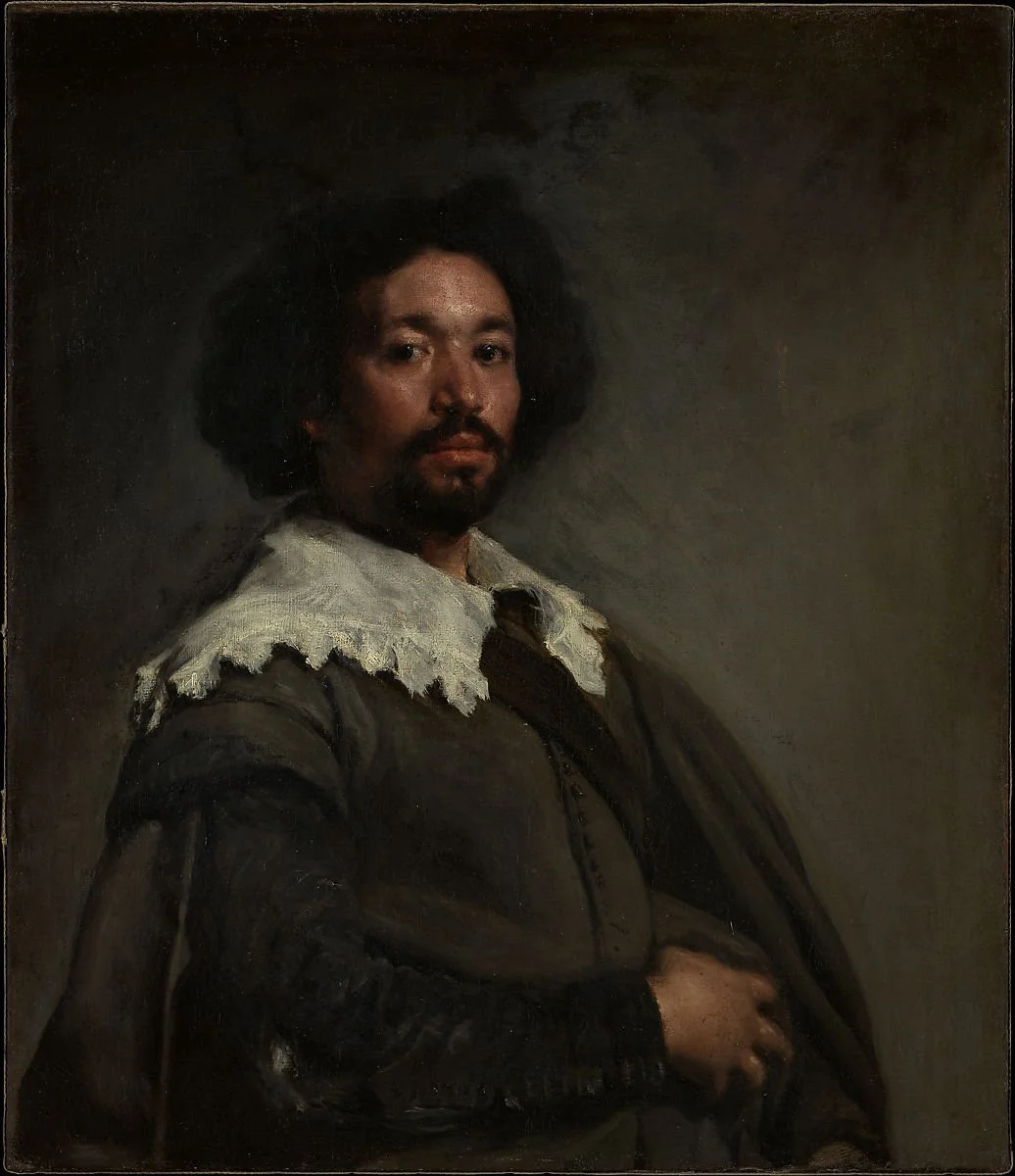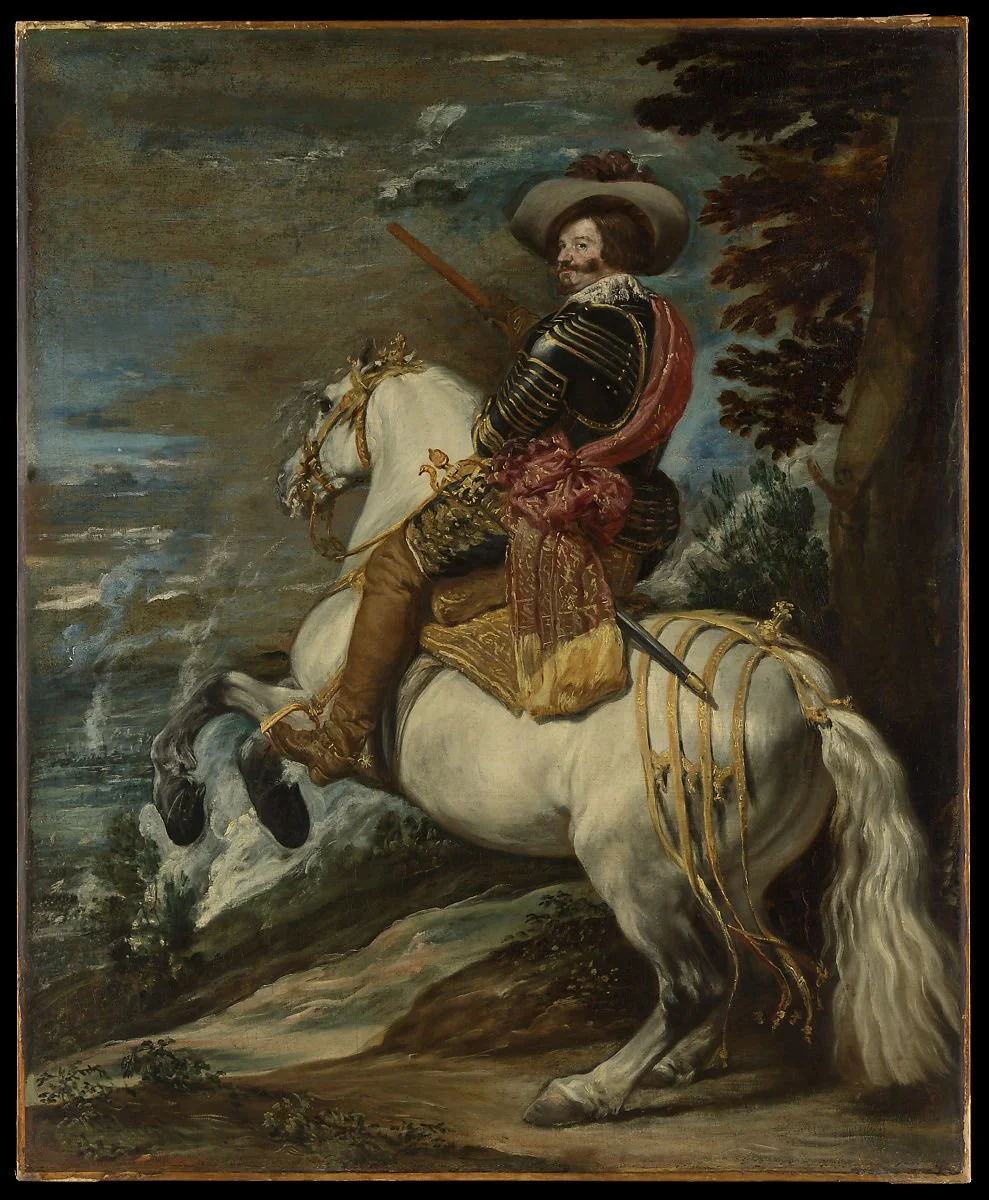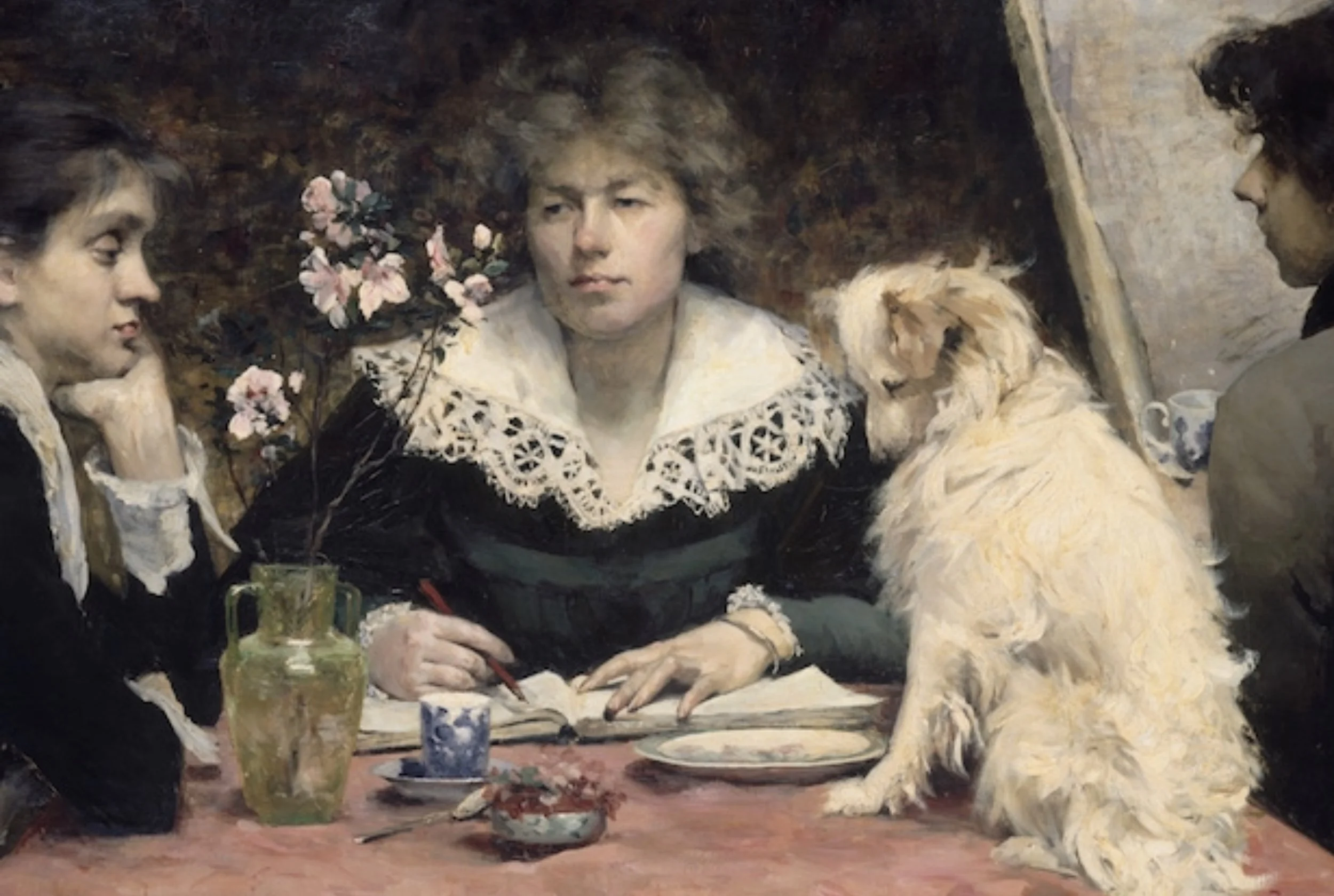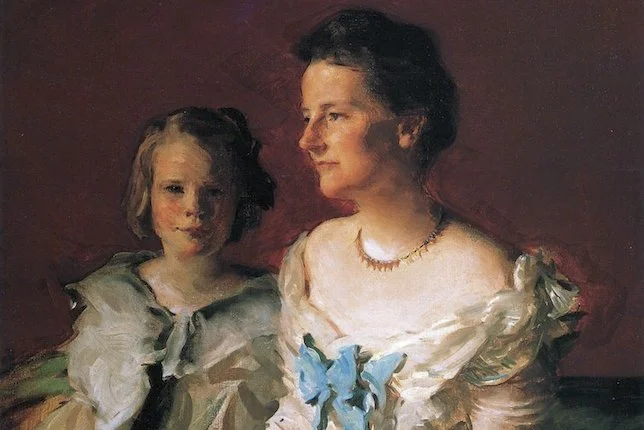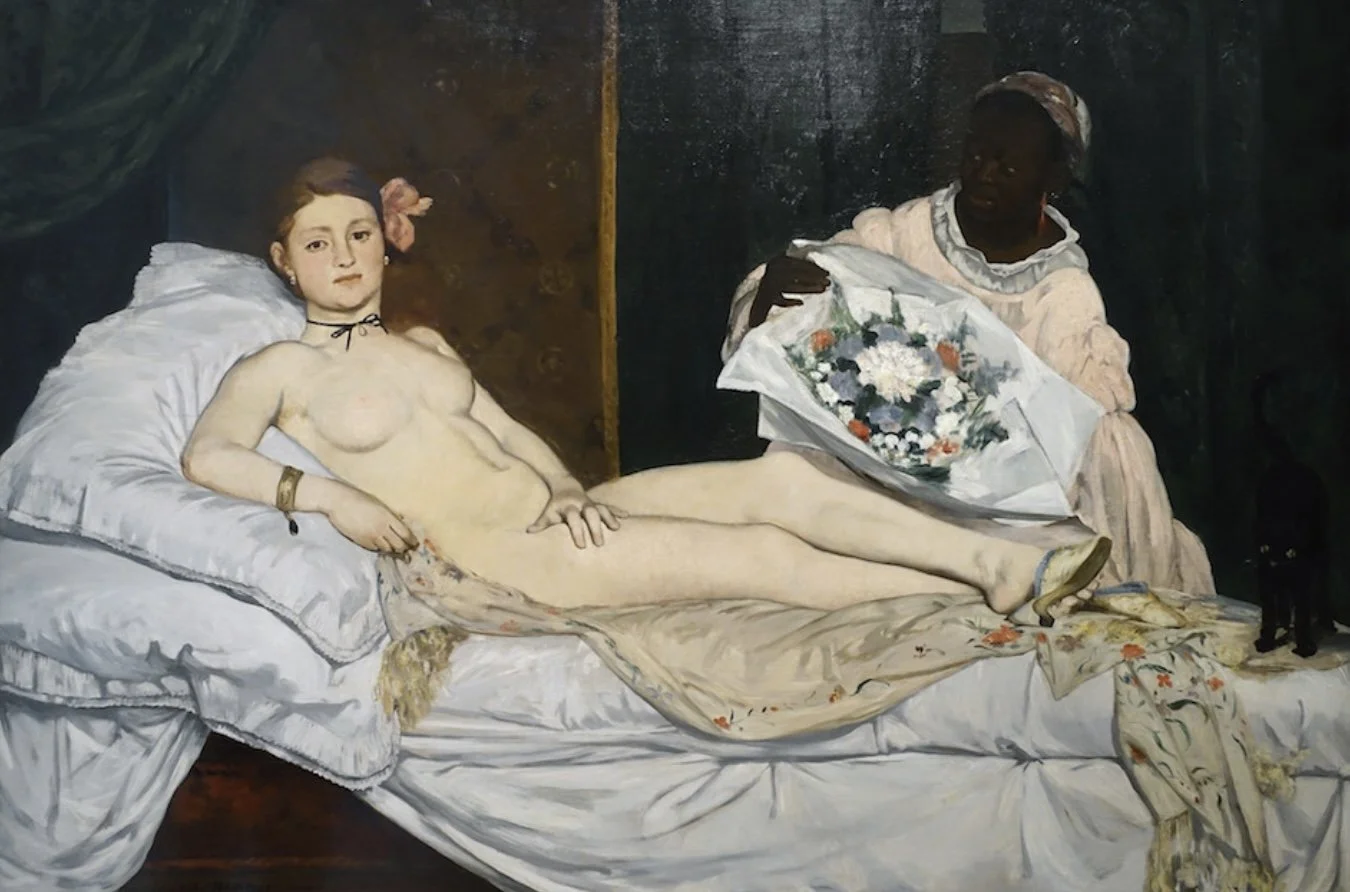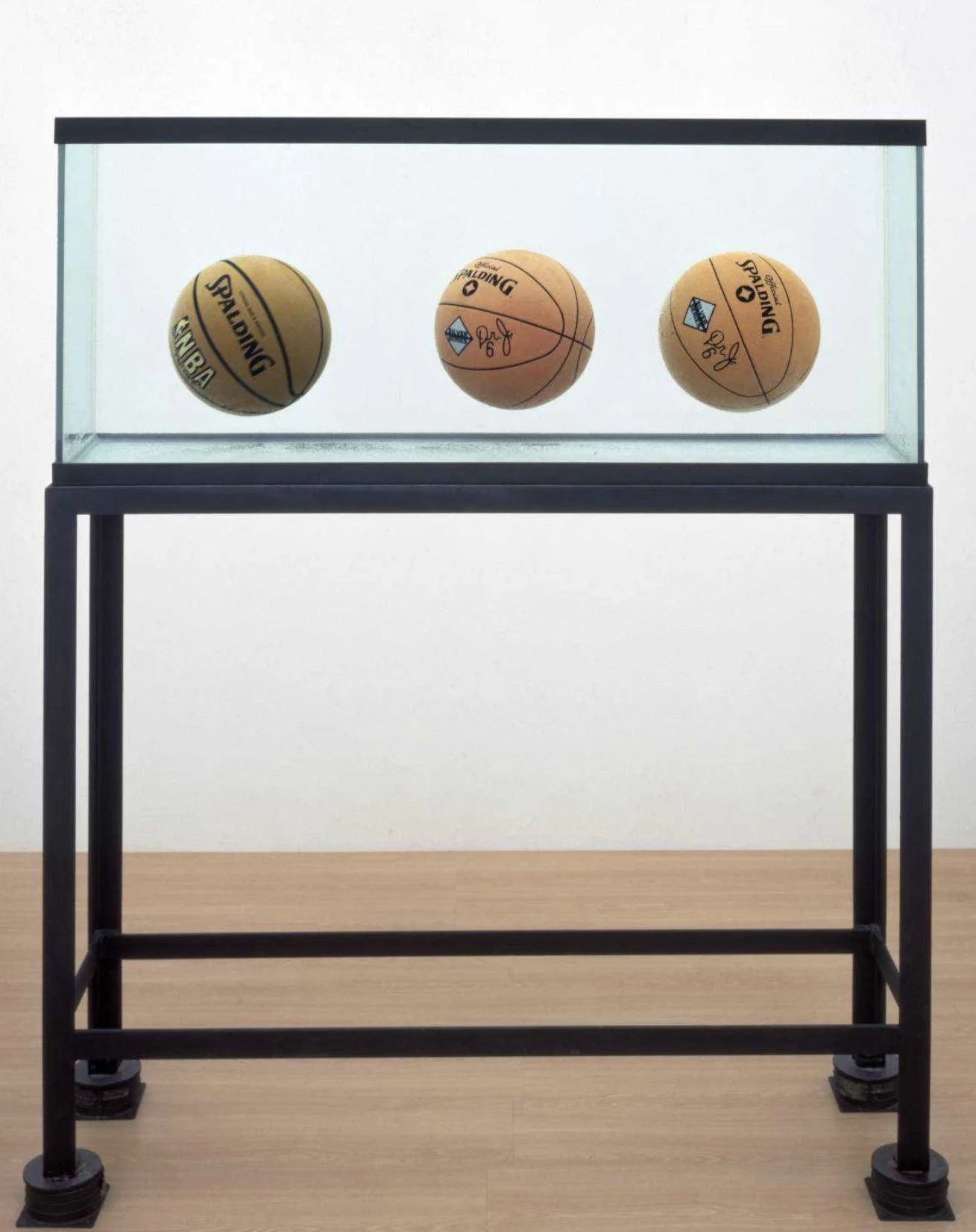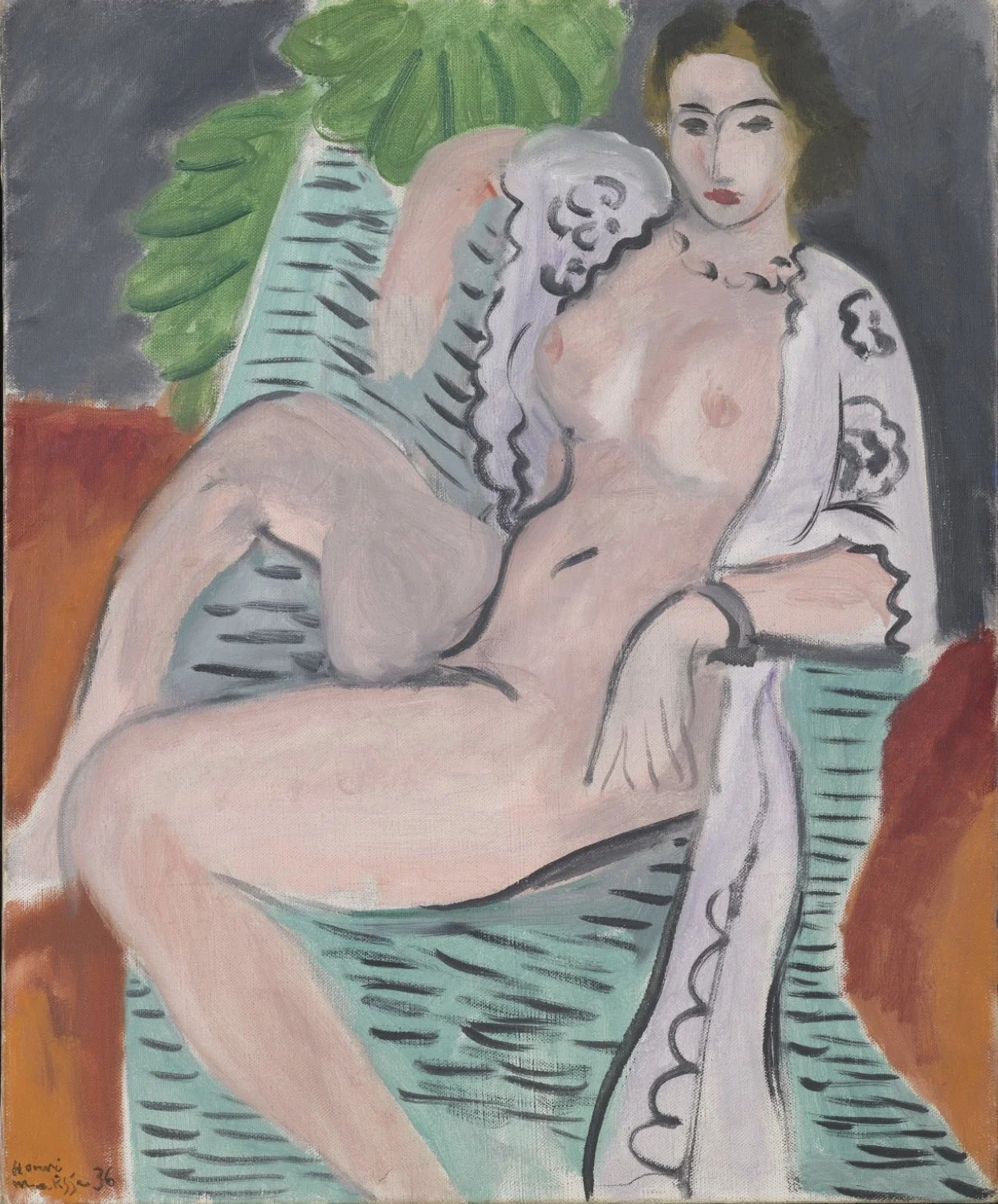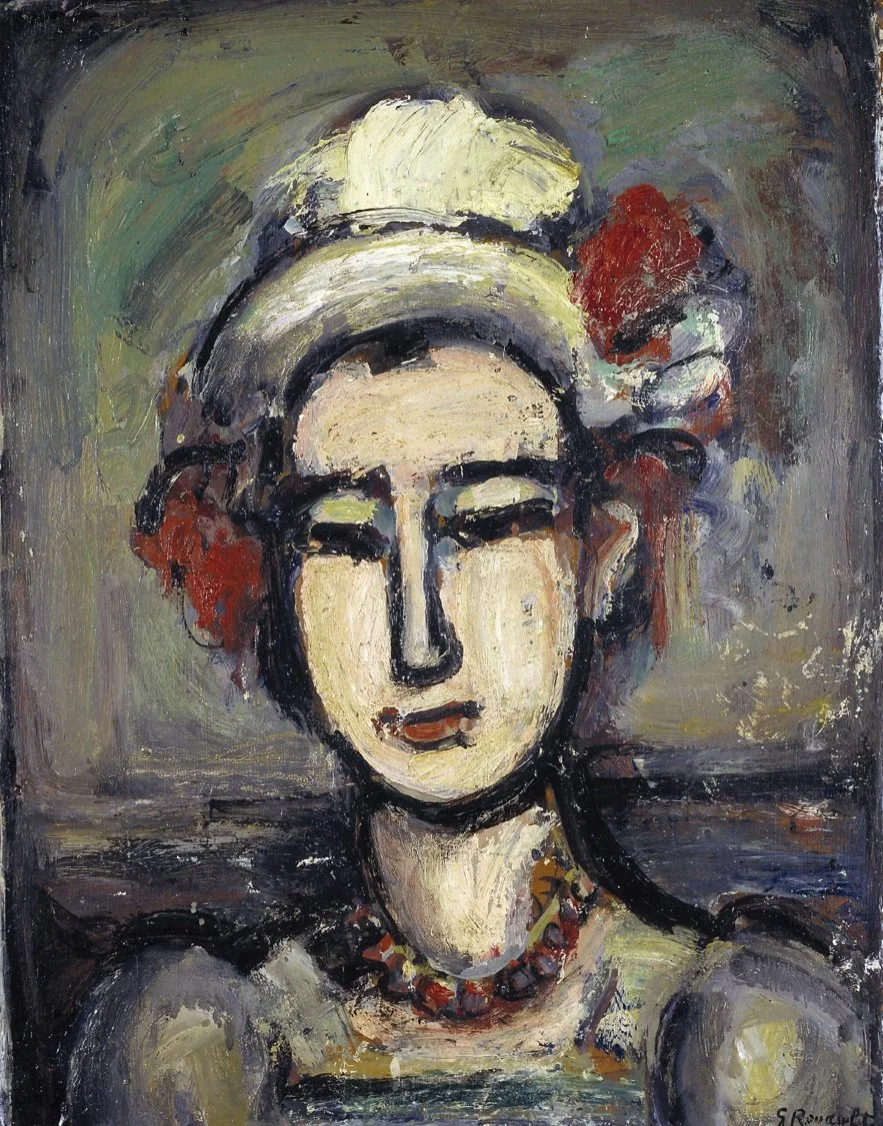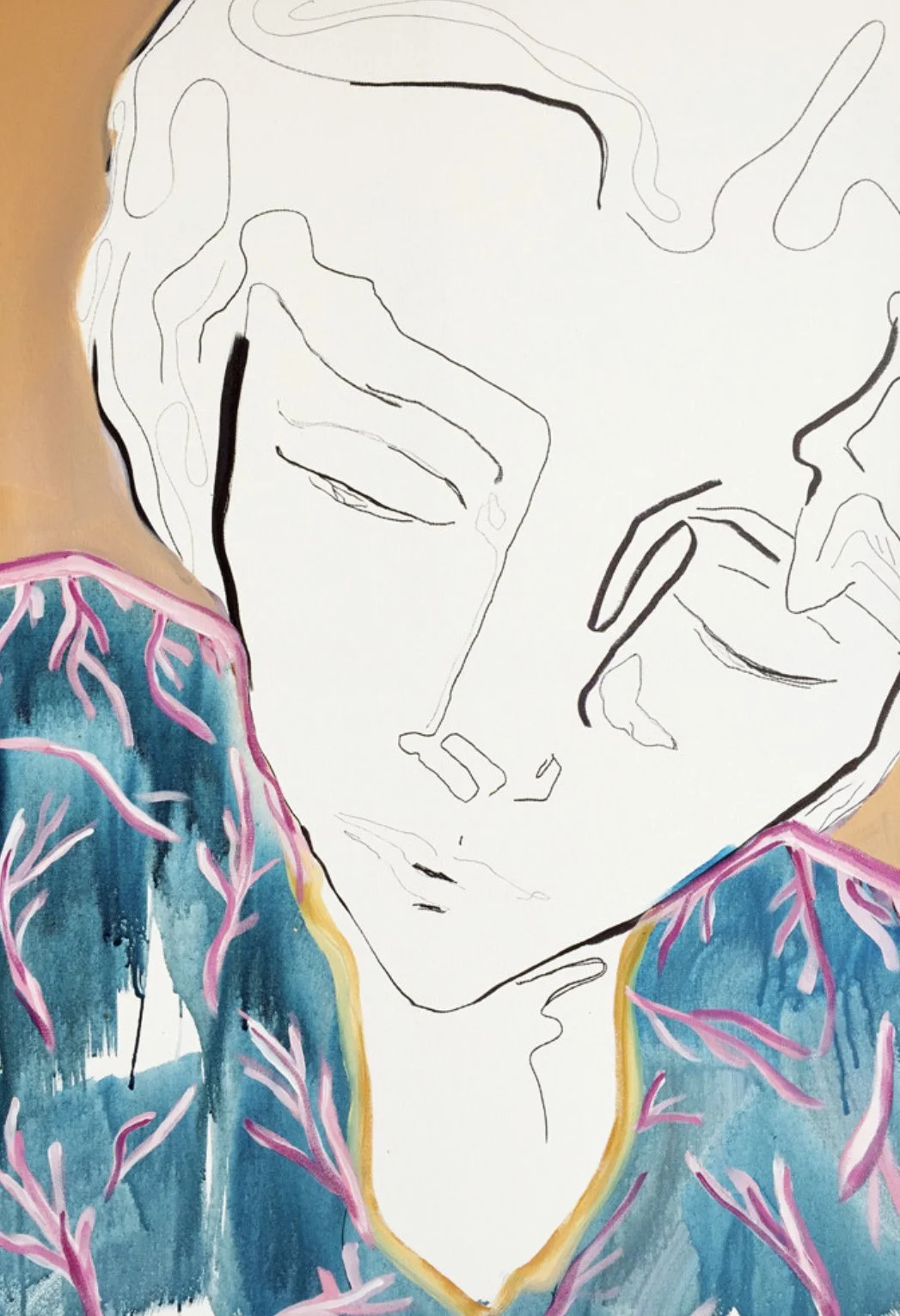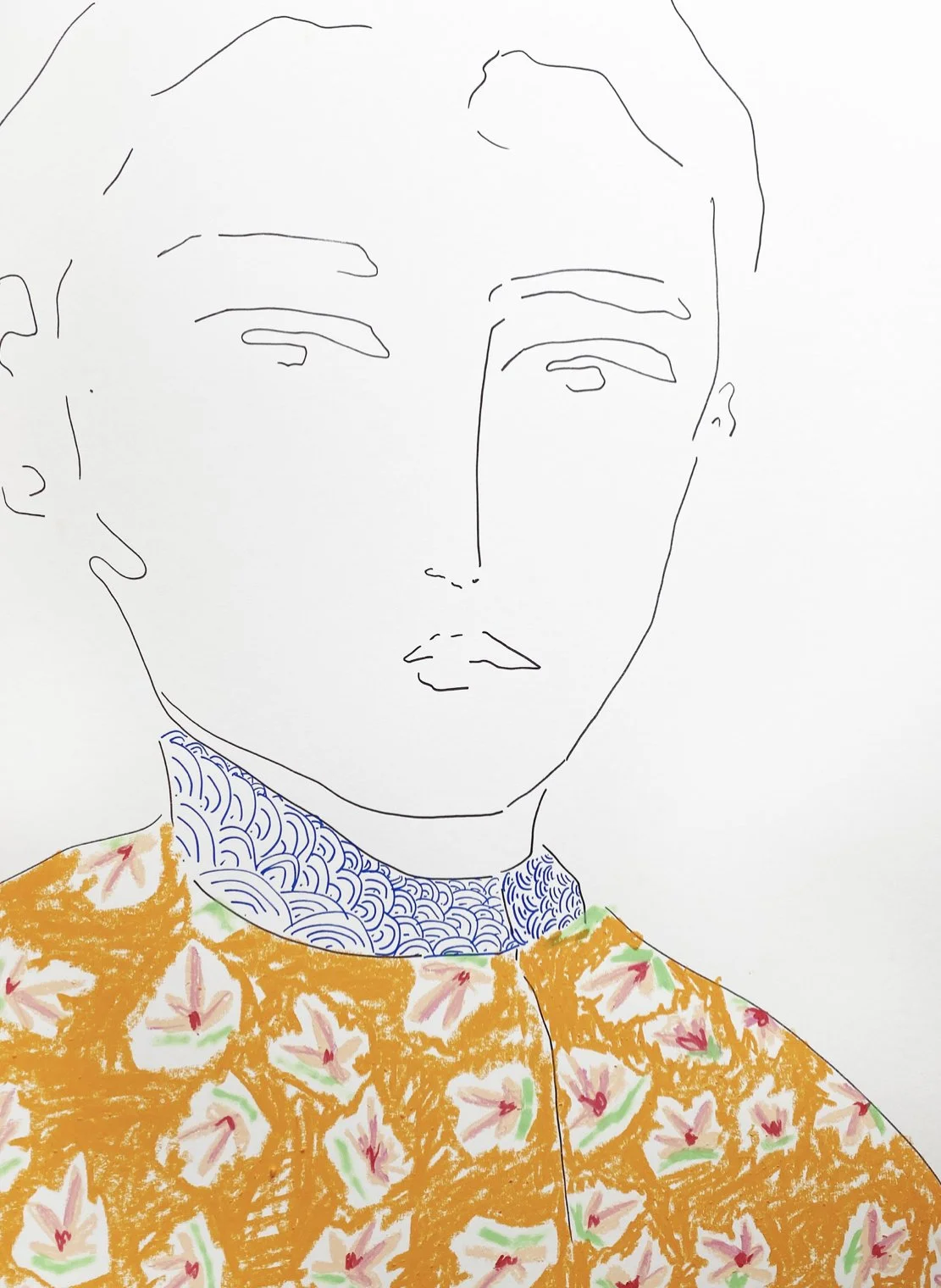How Many Selfies Did You Take Today?
Portraits In a Contemporary World.
Long before we could literally take endless photos and videos of ourselves, people had to rely on artists and their talent to portrait them.
Without a doubt the most famous portrait ever created is Leonardo Da Vinci’s Mona Lisa from 1503 AD. A painting that has gained global recognition as her playful smirk has become an epicenter of mystery and fascination.
Courtesy of the Louvre
Portraits have been around since 5,000 years ago. Today we look at them to study our history, anthropometry, fashion, economics, dietary preferences, culture, beauty standards, hierarchies and more.
When I think of portraits what comes to mind are images of Christ adoring, very pale looking individuals wearing rather lavish and extravagant dresses. Portraits are a very important art category as they are our only visual aid into our past. From portraits we can retrace our steps and understand how we humans have come to be what we are today, so probably your selfies will serve this very same purpose in a couple decades.
One of Hollywood's most beloved couples, Tom Holland and Zendaya, took a selfie that gained over 20 million likes on Instagram.
Take a look at some of history’s more famous and studies portraits by european artist Van Jan Eyck, Rubens and Velazquez. All raging from the 15th to the 17th century,
People relied on portraits to document and show others not only how they look but to demonstrate who they were in society. Either through magnificent costumes to demonstrate one’s wealth, the use of body pose and the furniture and objects portrayed all told a story of who the person was in terms of money, status, beauty and importance. Portraits were a way of communicating, you could stalk someone before, so portraits of rulers were hung in places he/she were absent and even were commissioned by some to get to know potential future spouses.
As time went by, revolutions and globalization brought availability of materials which meant more people could explore the craft of painting. Also the exploration of not just the human form and its societal presence but its inner psyche gave way to new forms of paintings as portraits. Think Picasso, Van Gogh, Cecilia Beaux and Breslau. Globalization in terms of democracies and politics is a very extensive topic, one that also allows for works of art to demonstrate how the human dimension and experience are challenged, like with Olympia. A painting that challenged how women and nudes should be exhibited, how they should behave and how they should be looked at. A painting that arguably made the clear distinction between past and the undisclosed future.
Fast forward to the 21st century and the world has experienced the joys, beauty and dreads of fauvism, expressionism, cubism, pop art and postmodernism. All which view the human experience through more bold colors, pastel tones, studies of mass media, three dimensions, thematic representation vs realist and the exploration of emotions through abstraction.
To visualize how portraiture can be done in the 21st century we can look at artist Erin Armstrong. A Canadian based contemporary and figurative artist, her works represent a visual representation of human shapes. Colors, geometric asymmetry, and three dimensionalidad characterize her work and just as Renaissance artists, Armatrongs’s portraits describe the human experience, feelings and modernity.
Next time you take a selfie remember that Rembrandt, Frida and Van Gogh walked so that you could run.



